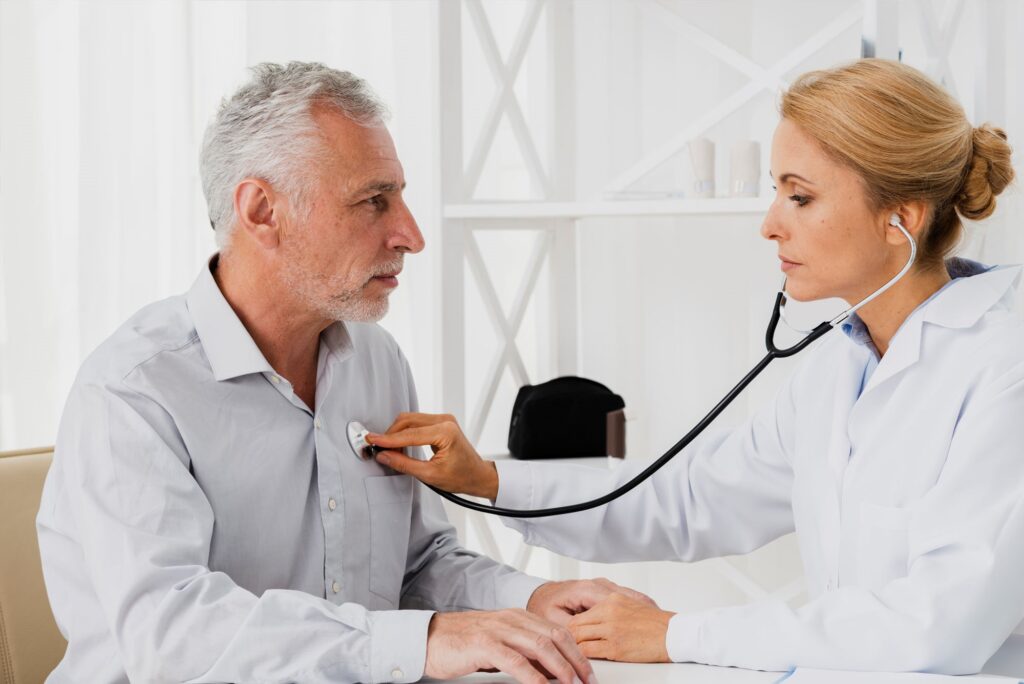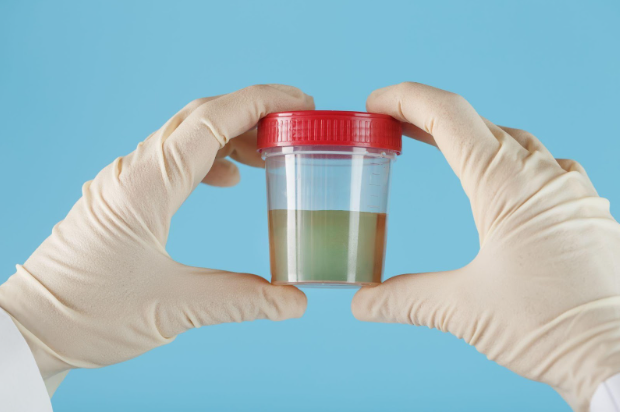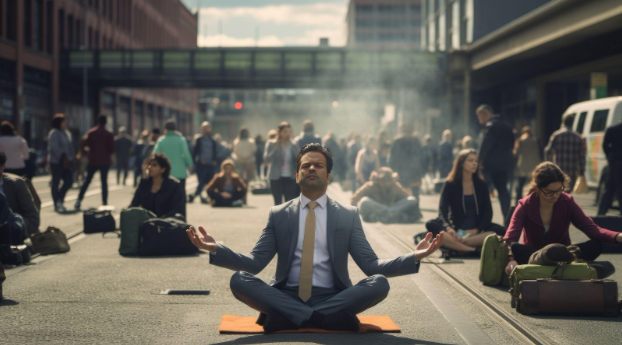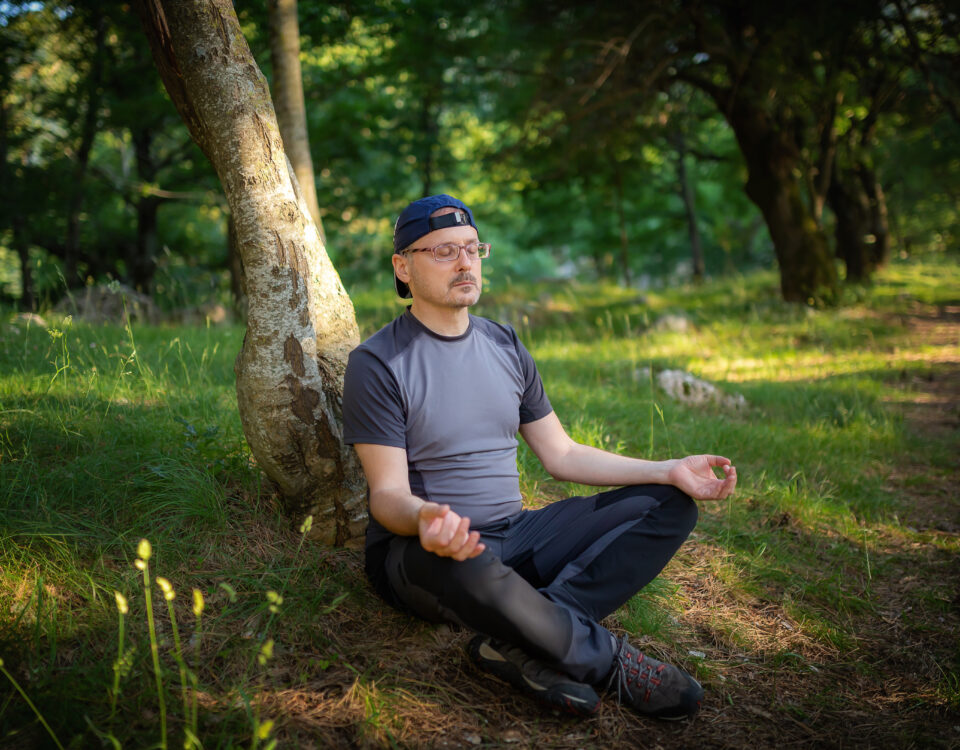
what is the best over the counter hemorrhoid treatment
January 30, 2025
What Is the Prep for a Capsule Endoscopy?
March 3, 2025Will I be asleep during upper endoscopy

Among the questions that patients have most often when they are preparing for an upper endoscopy is whether they will be unconscious during the procedure. This is quite a handy article which offers a detailed guide as to what to anticipate, ranging from sedation techniques, and patient testimonials, to much-needed guidance on how to feel better.
Gaining Knowledge on Sedation During an Upper Endoscopy
An upper endoscopy or also called an oesophagogastroduodenoscopy (EGD) is a procedure used to explore the esophagus, the stomach and the proximal part of the small bowel. Sedation is another element of the process and helps the patients to stay comfortable. Let’s break down the sedation options:
Moderate Sedation:
- Given through an IV line administration.
- Patients are fully awake but have sedated and comfortable sensations.
- You might speak to stimuli but will hardly remember what you were even told or the procedure that followed.
Deep Sedation:
- Gives you a sleep like state in which you won’t be aware of the proceedings going on.
- Usually performed with the help of propofol, by an anesthesiologist or a person with comparable professional background.
- Due to better comfort most of the patients opt for this option.
No Sedation (Rare):
- Selected by patients who would wish not to take sedative drugs.
- You are fully conscious and as for the throat, local anaesthetic are applied in the form of sprays.
What Should Happen During the Procedure
Preparation
- Fasting Requirements: Usually, the patients are expected not to eat or drink anything at least 6 to 8 hours before the operation.
- Medication Adjustments: Your doctor will inform you whether to continue with or discontinue certain drugs, such as the ones that thicken the blood.
- Arrival and IV Setup: Upon arrival, a nurse will introduce a cannula for administering the sedatives.
The Procedure
- Positioning: You will have to get on the examination table on your side.
- Throat Numbing: Using a local anesthetic solution, it is possible to minimize the gag reflex and thus complete the procedure without complications.
- Insertion of the Endoscope: The passage of a slim, flexible tube fitted with a video camera (endoscope) down the throat into the esophagus, stomach, and duodenum.
- Duration: The procedure normally lasts 15-30 minutes.
Comfort Levels
This way, most of the patients can even complain of minimal or perhaps even no pain at all. Deep sedation is useful for making you unable to feel the process, while moderate allows feeling something with no pain.
The Upper Endoscopy Recovery
Immediate Post-Procedure Care
Monitoring:
- After the procedure, you will be transferred to a recovery rather where both your physiological and the mental status will be observed.
- The side effect of the sedative is that it may take up to 30 minutes to an hour for the sedative influences to fade.
Transportation Home:
- Because the effects of sedation still linger, we recommend that you be taken home by someone else.
Throat Sensation:
- Some patients experience minor throat discomfort, such as soreness or a scratch in the throat; this is more often apparent the following morning and lasts for one day.
Resuming Normal Activities
- Diet: A plan to follow the semi-solid meals includes taking mild and low-fiber foods and then gradually graduating to normal foods.
- Work: Much of the discomfort tolerated during treatment is moderate; hence most of the patients can resume work the following day depending on the type of sedation administered.
- Exercise: No heavy activities should be made for the next 24-48 hours after the procedure.
Signs to Watch For
- Contact your doctor immediately if you experience:
- Severe abdominal pain.
- Difficulty swallowing.
- Having blood vomiting or passing black stools.
- Fever or chills.
Frequently Asked Questions
Is Sedation Necessary for Upper Endoscopy?
Sedation is not compulsory, though it is a very useful method regarding patients’ comfort. The majority of the health practitioners advise patients to take sedatives to help ease them through the whole process.
How Long Will I Be Sedated?
Most of the time, the sedative effects of such drugs take only about one to two hours. However, one should not drive or operate machinery in the remaining part of the day after taking the herb.
Does Pain Follow the Procedure?
There is very little discomfort, if any, after the procedure is done. They have no side effects; you may feel a slight discomfort in the throat, but it shouldn’t last more than a day.
For more information or to make an appointment with Gastroenterology of New York, please click on the link provided below.
.





